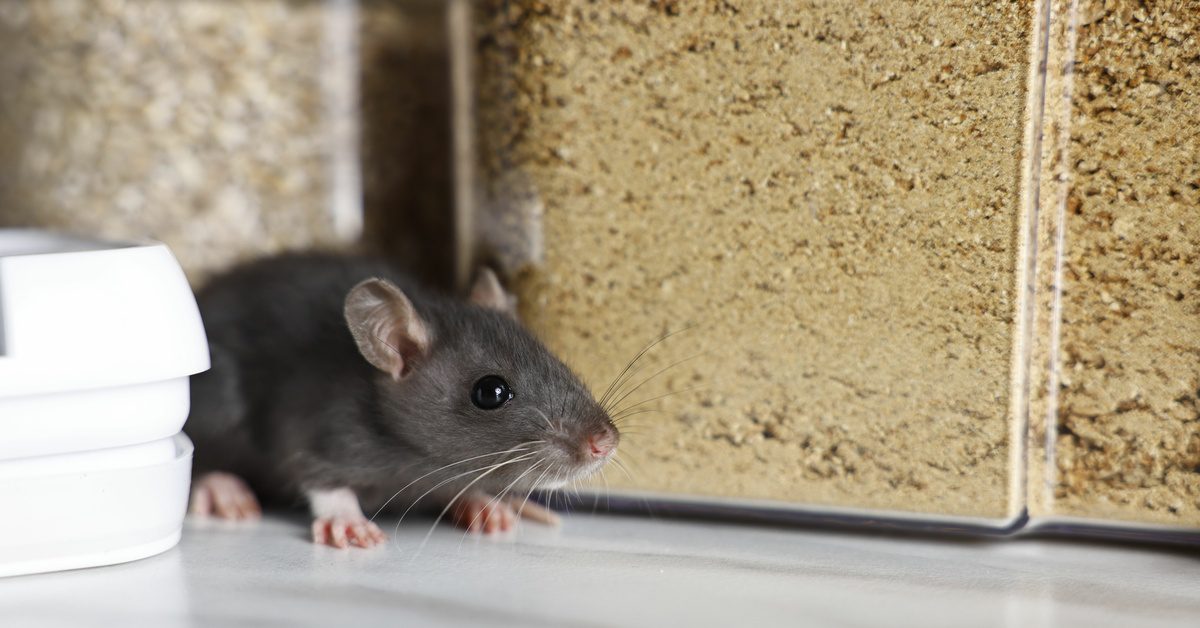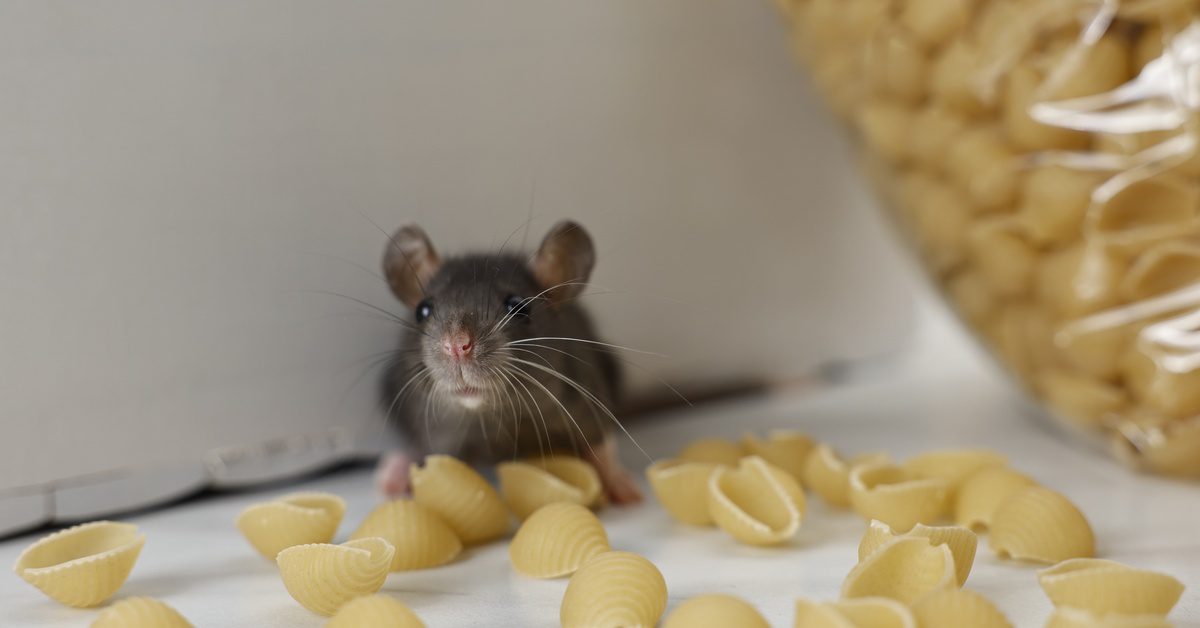
The Differences Between Rat and Mice Infestations
When dealing with unwelcome pests, distinguishing between a rat and mouse infestation can make all the difference in effectively solving the problem. Despite their similar appearances, these rodents have distinct behaviors, habits, and risks that demand different approaches. From the size of their droppings to their nesting preferences, rats and mice leave behind plenty of clues. Knowing these differences not only helps identify the pest but also saves you time, money, and frustration in tackling the infestation. Read on and discover the key differences between rat and mice infestations.
Physical Differences
Rats and mice differ significantly in size, making this one of the easiest ways to distinguish between the two. Adult rats are much larger, with their bodies measuring between 9-11 inches, excluding their tails, which can add an extra 7-9 inches. Mice, however, are much smaller, with a body length of about 3-4 inches and tails that generally match the length of their bodies.
Aside from size, their tails are distinctly different; rats have thick, scaly tails, while mice have thinner, smoother ones. Body shape also serves as a key indicator, as rats are bulkier with robust builds and blunt noses, whereas mice have more slender bodies and pointed snouts. The size and shape of their ears further set them apart; rats have smaller ears proportionate to their body size, while mice boast large, round ears that are very prominent.
Behavior and Temperament
Rats and mice exhibit vastly differing behaviors and temperaments, which directly impact how they interact with their environment. Rats are highly cautious and often display a fear of anything new in their surroundings, a trait called neophobia. This makes it more difficult to trap, as they carefully inspect objects, such as traps or bait stations, before approaching. On the flip side, mice are naturally curious and are more likely to explore unfamiliar objects quickly. This curiosity often makes it easier to lure into traps, especially when bait is placed correctly. Rats, being smarter and more socially aware, usually work together to avoid danger, while mice tend to act more independently and erratically.
Nesting Habits
Rats and mice also differ significantly in where and how they establish their nests, both indoors and outdoors. Rats prefer outdoor environments for nesting, particularly burrows near building foundations, in dense shrubbery, or along sewer lines. When indoors, they gravitate toward dark, hidden areas such as basements, attics, and crawlspaces. Rats tend to select spots close to reliable sources of food and water, and their nests are generally larger and more durable due to their use of tougher materials like shredded wood, cardboard, and insulation. Mice, in contrast, are more comfortable nesting indoors, often creating smaller nests inside wall voids, drawers, or behind large appliances. Their nests are typically made from softer materials, such as paper, fabric, or even hair, sourced from around the home.

The nesting locations of rats and mice also reflect their differing survival strategies. Rats, being larger and stronger, often dig and construct intricate underground burrows outdoors or establish themselves in low-traffic areas indoors, ensuring safety from predators and human activity. Mice, thanks to their smaller size, can utilize tight spaces and the elevated regions such as cabinets, closets, or hidden corners. They tend to build nests closer to food sources, as their small bodies give them less stamina for long-distance scavenging. Additionally, the sheer number of nests can serve as a clue, as mice may create multiple nesting sites within one home due to their prolific breeding habits. Understanding these distinctions can help property owners locate and address nests for effective pest management.
Common Signs of Infestations
One of the most telling signs of a rodent infestation is the droppings they leave behind. Rat droppings are larger, typically about ¾ of an inch with blunt ends, while mouse droppings are much smaller, about ¼ of an inch and shaped like tiny grains of rice with pointed ends. Gnaw marks are another clear indicator, as both rats and mice use their teeth to chew through wood, plastic, and other materials to create entry points or access food. While rats leave larger, more robust chew marks, mice create smaller, finer damage. You might also notice grease or dirt smudges along walls and baseboards, left by the rodents’ bodies as they repeatedly travel along the same paths. Additionally, footprints or tail marks in dusty areas can reveal their frequent routes.
Diet Preferences
Rats and mice have differing dietary habits, which can significantly affect the type of damage they cause. Rats are known for their preference for protein-rich and fatty foods, such as leftover meats, grains, nuts, and even spoiled or greasy trash. They are capable of gnawing through tough materials, such as metal and concrete, to reach food sources, leaving behind larger, more destructive damage. Mice, on the other hand, prefer grains, seeds, and carbohydrates, making them more likely to target cereals, bread, and other pantry staples. Their constant nibbling habits lead to smaller but more widespread damage, as they often chew on multiple items without consuming much of anything.

The feeding patterns of these rodents also differ. Rats are more methodical and tend to establish a fixed feeding route and schedule, returning repeatedly to the same food source until it’s depleted. Mice, however, are opportunistic nibblers, feeding on small amounts of food scattered throughout their environment. This behavior often results in more contamination, as mice leave droppings and urine behind wherever they feed. Understanding these feeding preferences is critical when determining control measures. For example, bait for rats may need to mimic protein-based food, while those targeting mice would benefit from grain-like attractants. Recognizing their dietary differences can also help homeowners secure vulnerable food items, reducing the likelihood of infestation.
Health and Safety Risks
Both rats and mice present significant health and safety risks to humans, making it crucial to address infestations promptly. One of the biggest concerns is the spread of disease through their urine, droppings, and saliva. Rats are known carriers of illnesses such as leptospirosis, salmonella, and hantavirus, all of which can be transmitted to humans through contaminated surfaces or food. Mice, while smaller, also pose health risks through the spread of salmonella and the potential to trigger allergies. Beyond contamination, rodent bites, although rare, can occur if the animals feel cornered or threatened, increasing the risk of direct transmission of diseases.
How Legacy Rodent Control Can Help!
Understanding the differences between rat and mice infestations is key to tackling these pests quickly and effectively. These rodents, while similar in some ways, have unique behaviors, physical traits, and risks that require tailored solutions. Ignoring an infestation can lead to escalating damage, health hazards, and increased costs. By recognizing the signs early and addressing the problem head-on, you can protect your home, family, or business from the wide-ranging impacts of these unwelcome invaders. Whether you take on identifying nesting sites, implementing the right strategies, or taking preventative measures, informed actions are your best defense against rodent infestations.
While understanding the differences between rat and mice infestations can help you prepare against these pesky invaders, having quality rodent control services on your side ensures a safer home for you and your family. We specialize in providing customized rat control in Fort Worth that ensures long-lasting protection for your property. With a commitment to exceptional service and proven pest control methods, we’re dedicated to restoring your peace of mind. Don’t wait for the problem to grow—explore our rat control services today and see how Legacy Rodent Control can safeguard your home or business.
